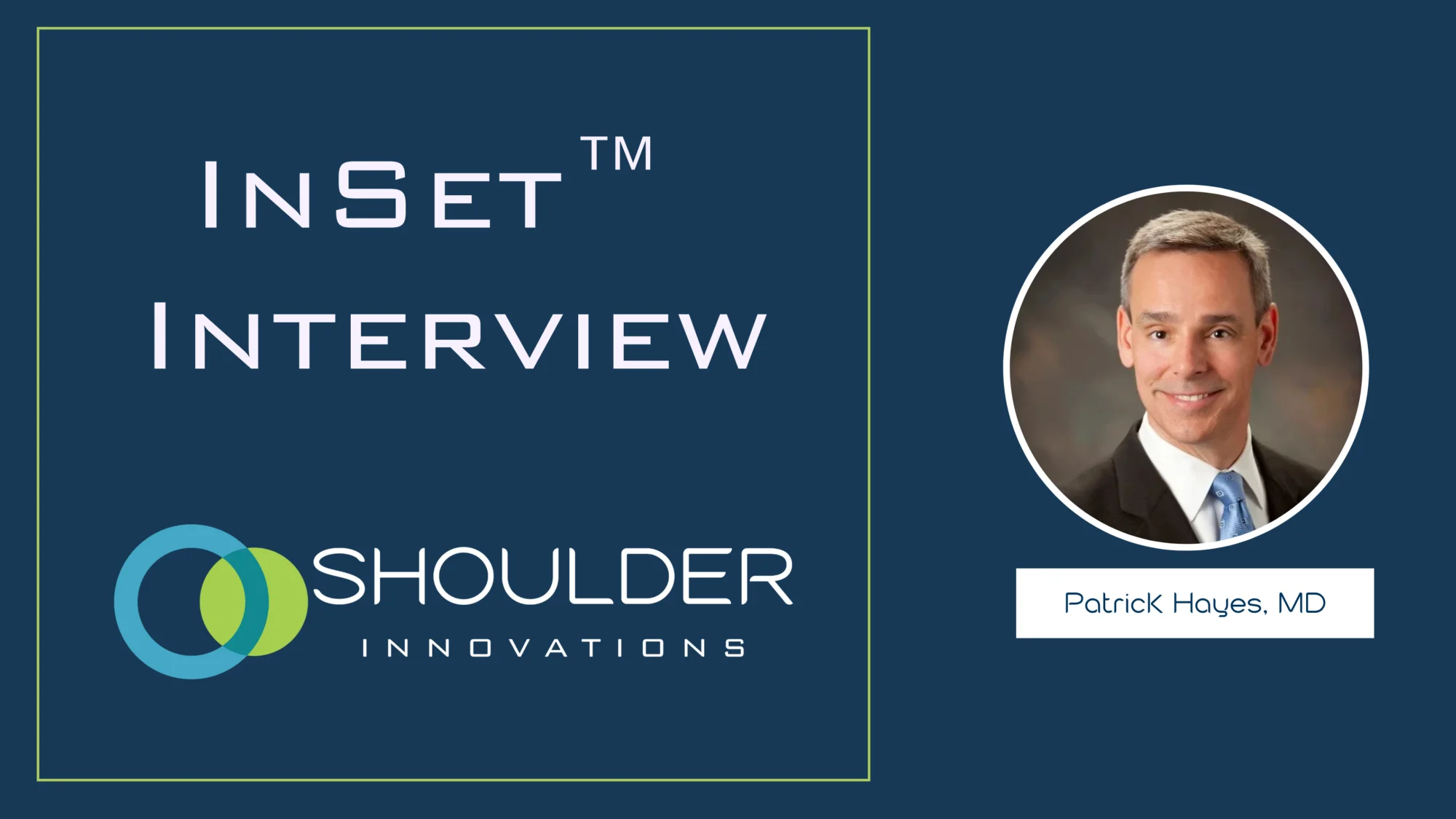
Interview With Dr. Patrick Hayes
We recently had the opportunity to interview Dr. Patrick Hayes and learn more about his background and experiences using InSet™ Systems from Shoulder Innovations in

We recently had the opportunity to interview Dr. Patrick Hayes and learn more about his background and experiences using InSet™ Systems from Shoulder Innovations in
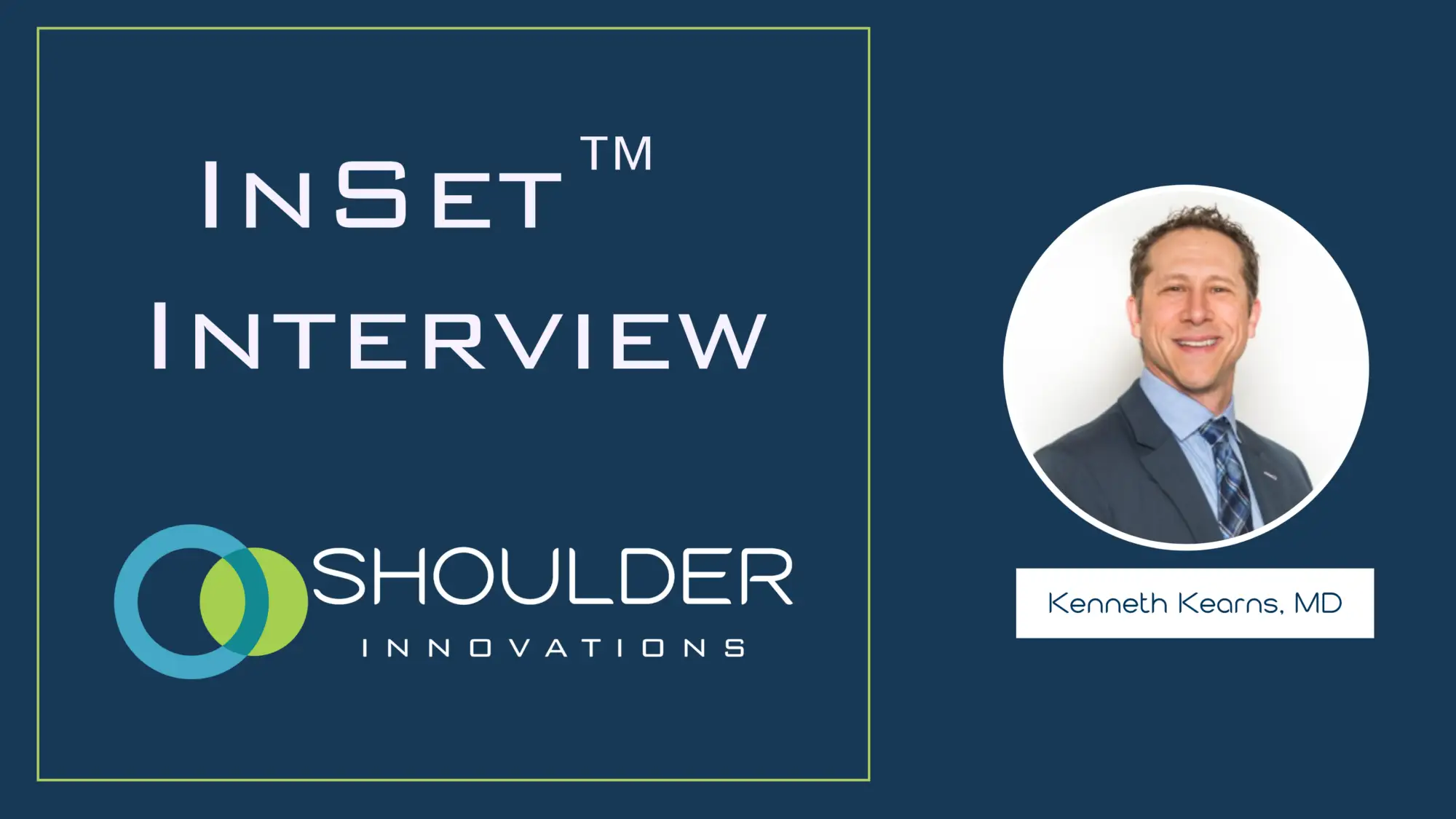
We recently had the opportunity to interview Dr. Kenneth Kearns and learn more about his background and experiences using InSet™ Systems from Shoulder Innovations in
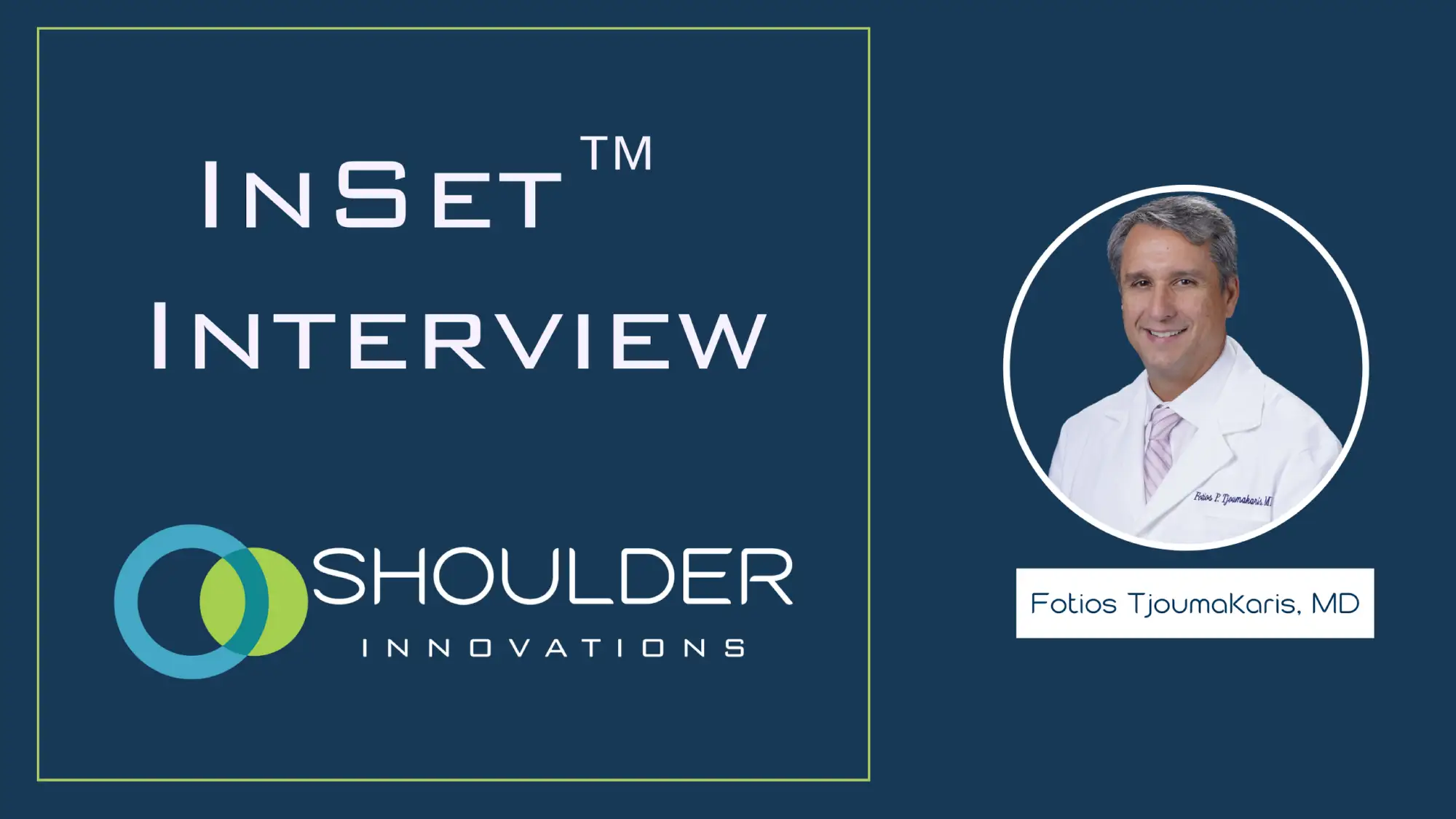
We recently had the opportunity to interview Dr. Fotios Tjoumakaris and learn more about his background and experiences using InSet™ Systems from Shoulder Innovations in
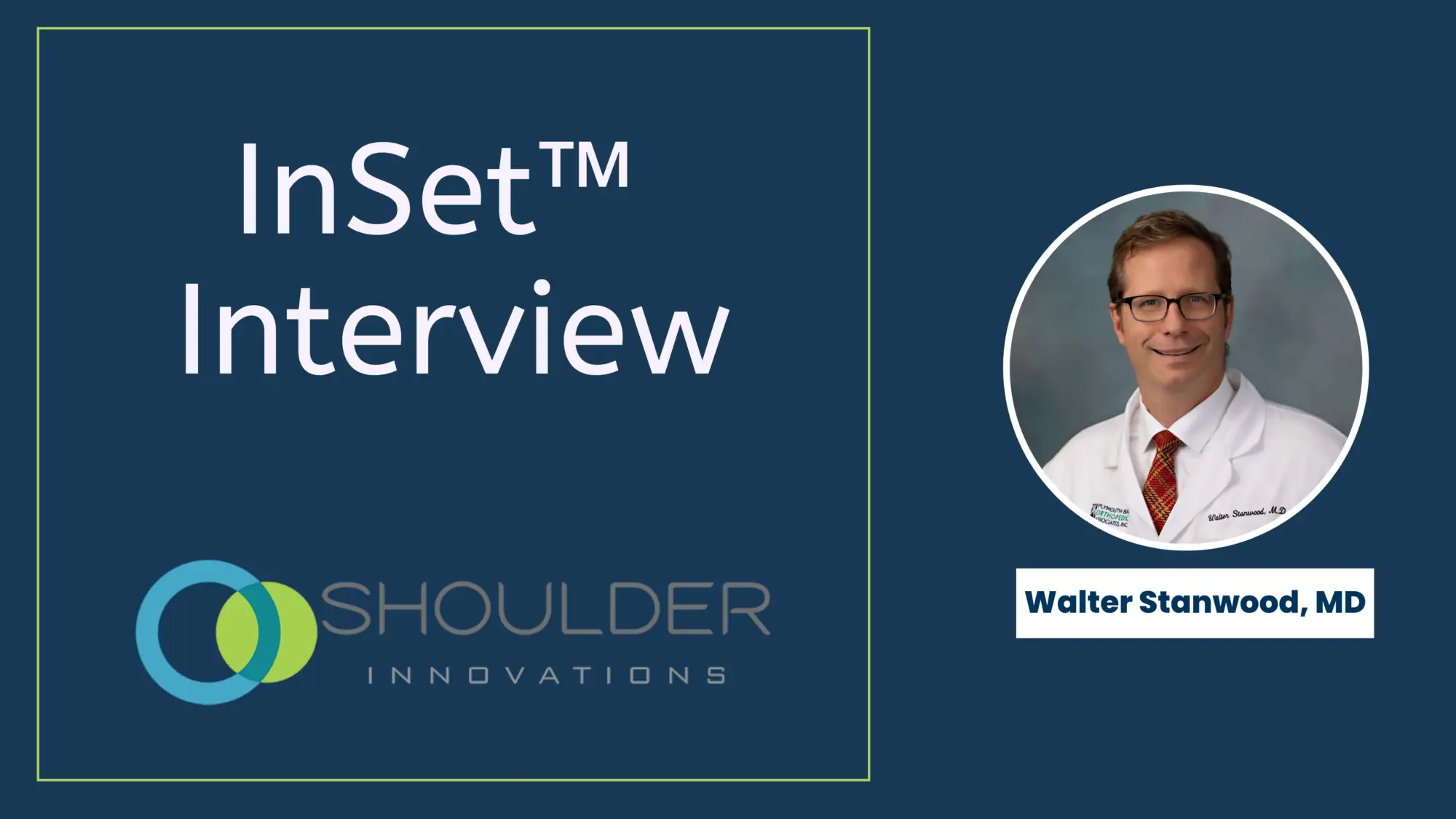
We recently had the opportunity to interview Dr. Walter Stanwood and learn more about his background and experiences using InSet™ Systems from Shoulder Innovations in
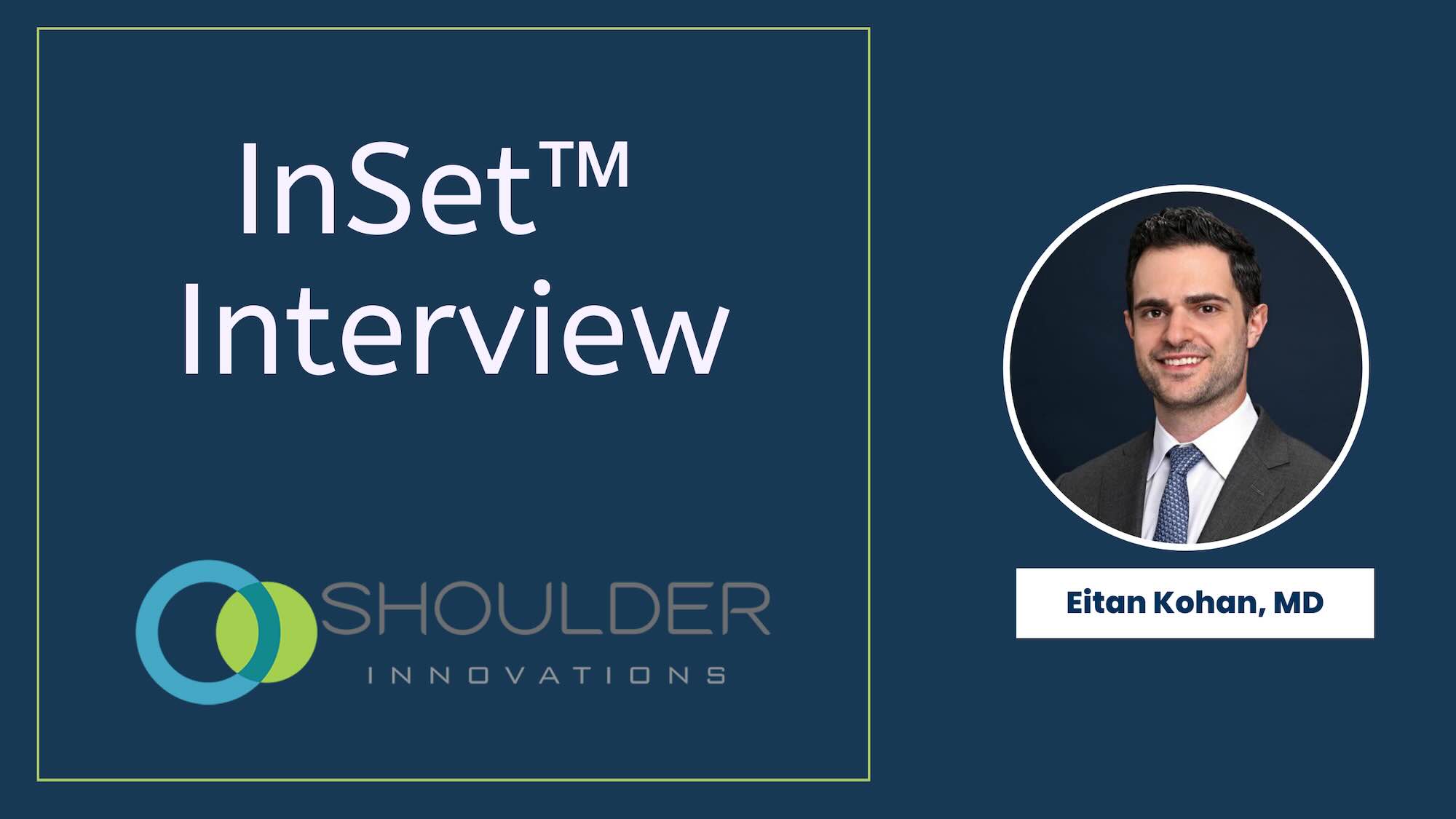
We recently had the opportunity to interview Dr. Eitan Kohan and learn more about his background and experiences using InSet™ Systems from Shoulder Innovations in
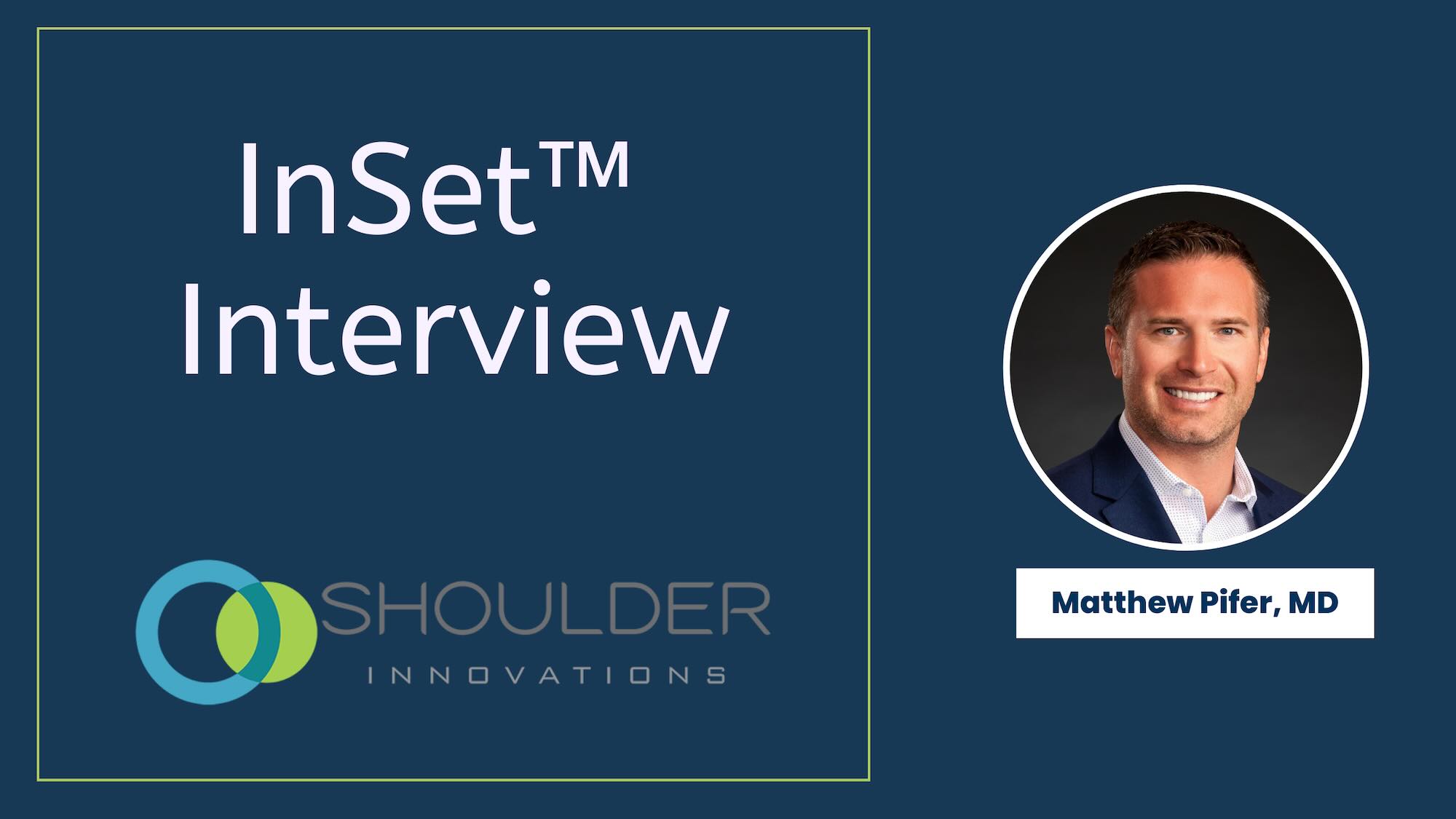
We recently had the opportunity to interview Dr. Matthew Pifer and learn more about his background and experiences using InSet™ Systems from Shoulder Innovations in
Disclaimer: The images displayed on this website include artistic illustrations and graphical representations which are intended to provide a general sense of the subject matter.